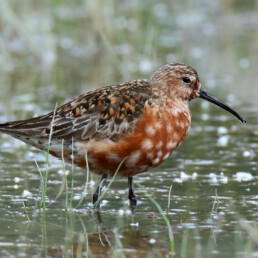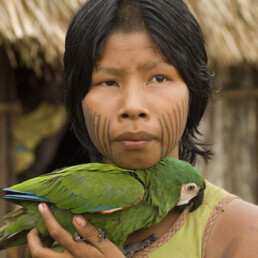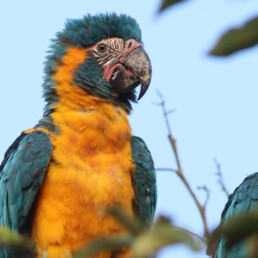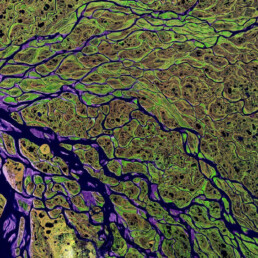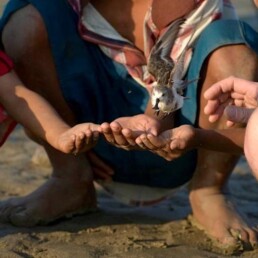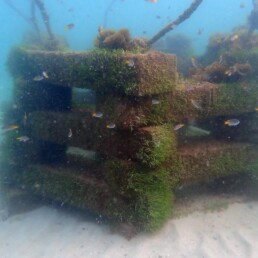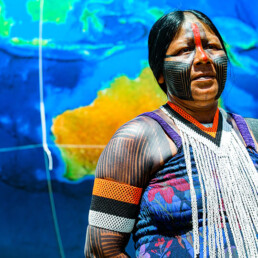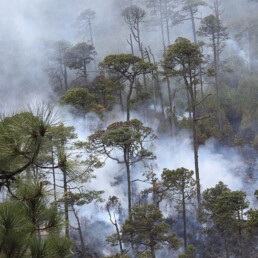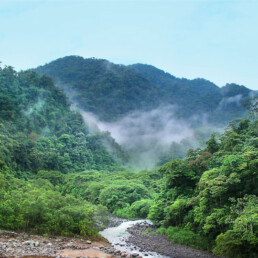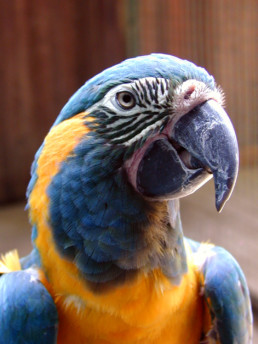Ara glaucogularis
The Blue-throated Macaw (Ara glaucogularis), a magnificent bird adorned in turquoise and yellow plumage, stands at the brink of extinction with a precarious wild population of fewer than 300 individuals. Classified as Critically Endangered, this species faces a perilous future, primarily confined to the Beni Savanna of Bolivia.
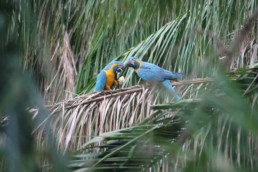
A Tapestry of Turquoise and Yellow
Measuring approximately 85 cm (33 in) in length, the Blue-throated Macaw boasts a wingspan of around 90 cm. Weighing between 900 g and 1,100 g, these birds exhibit minimal sexual dimorphism, with males slightly larger than females. The upperparts shimmer in turquoise-blue, contrasting with a bright yellow underbelly and a pale blue vent. A distinctive facial patch, adorned with blue feather-lines and surrounded by bare pink skin, sets the blue-throated macaw apart. Notably, a sparsely feathered patch near the base of the bill, featuring unique horizontal blue stripes, serves as an individual identifier for each macaw.
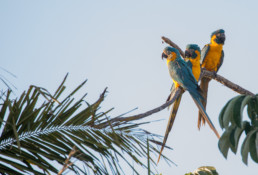
Navigating Challenges
Typically forming monogamous pairs, these birds exhibit some flexibility with occasional small groups and, notably, larger roosting congregations. While their primary mode of locomotion is flight, they display versatility by climbing trees, maneuvering along branches, and walking on the ground. Active during daylight hours, Blue-throated Macaws communicate predominantly through sound, emitting loud alarming calls when sensing danger, and utilizing quieter caws for inter-species communication. Nesting in cavities of palm trees, especially the preferred Attalea phalerata, these birds demonstrate adaptability by utilizing dead palms, hollowed out by large grubs, as their preferred nesting sites. However, the challenge of deforestation looms large, as the Blue-throated Macaw contends for nesting sites with various other species. The decline in suitable nest trees underscores the urgent need to address deforestation issues, a critical aspect of ensuring the continued survival of this endangered species in its natural habitat.
Pockets of Beauty in the Beni Savanna
The Blue-throated Macaw finds its sanctuary in the Llano de Moxos of the Beni Department in Bolivia, preferring the unique habitat of palm-dotted “Islas” (islands) on the level plains rather than traditional forests. This rare species is divided into two sub-populations, one to the northwest and the other to the south of Trinidad, the capital city of Beni. The landscape they inhabit is a complex mosaic of grasslands, marshes, forest islands, and riverside corridors of forests. Ranging between elevations of 200 and 300 m, the Blue-throated Macaw’s existence is intricately tied to this delicate and diverse ecosystem, making conservation of its habitat a critical component of preserving this species for future generations.

The Barba Azul Reserve
The Barba Azul Reserve serves as a crucial non-breeding habitat, hosting a significant portion of the remaining population, with a count of up to 155 birds recorded in 2017. The challenges this species encounters include historical factors such as nesting competition, avian predation, and a restricted native range, compounded by contemporary threats like hunting, trapping, tree cutting, invasive species, diseases, and fire control methods. Strict trading prohibitions aim to protect this species, but urgent conservation efforts are vital to ensure the blue-throated macaw’s continued existence in the wild. In a commitment to protect and bolster the population of the Critically Endangered Blue-throated Macaw and other species within the Beni Savanna ecosystem, the focus is on implementing conservation measures at the Barba Azul Nature Reserve. By addressing threats like habitat loss and deforestation, we strive to ensure the long-term survival of this magnificent species. Armonía’s dedication to the conservation of the Beni Savanna ecosystem remains steadfast, driven by the urgency to protect its biodiversity and sustain a harmonious environment for the future.

